April 16, 2025
 Why Socialization Matters More Than You Think
Why Socialization Matters More Than You Think
Socialization is one of the most important things you can do for your dog—especially during the early months of life. It’s more than just exposure to new things. Done right, socialization helps your pup understand that the world is safe, manageable, and full of positive possibilities.
From people and dogs to surfaces, sounds, and environments, early exposure builds emotional resilience and reduces the risk of behavior problems later on.
Understand how your dog communicates fear or anxiety with its body so you can retreat and give it space. Never force an approach. Your dog needs to make the approach on its own, out of curiosity. Here’s a link to Dr. Sophia Yin’s Fear Posture Poster.
 The Critical Socialization Window: 3 to 16 Weeks
The Critical Socialization Window: 3 to 16 Weeks
The ideal window for puppy socialization is between 3 and 16 weeks of age. During this period, your puppy’s brain is wired to absorb new experiences without fear. Puppies who are socialized during this stage are much more likely to become confident, relaxed adult dogs. Puppies are typically adopted out at 8 weeks. Earlier means they miss critical learning and socialization from their mother and liter. This means you only have 8 weeks to expose your puppy to the world around you.
Dogs who miss out on early socialization may develop lasting fear or reactivity—barking at strangers, panicking in crowds, or showing stress in new situations.
 Real-Life Example: Respectful Kid-Dog Interaction
Real-Life Example: Respectful Kid-Dog Interaction
In the photo above, two young girls did something rare—and ideal:
-
They asked for permission before approaching my client’s dog
-
They followed my cue to bend down and avoid hovering over the dog
-
They gently petted under his chin, which is far less threatening than reaching over the head
This is exactly how we want kids to interact with dogs. With respectful guidance, kids and dogs can learn to read each other and build safe, trust-based relationships.
 Key Takeaways About Dog Socialization
Key Takeaways About Dog Socialization
-
Start early: The earlier you begin socialization, the better. Start as soon as your pup is home. If your vet tells you to avoid contact with dogs and known dog environments, ask them to explain their diversion from the Position Statement on Socialization by the American Veterinary Society of Animal Behavior. Express your concern about missed socialization during this critcal period.
-
It’s not about being friendly: It’s about helping your dog feel safe and capable in a wide range of situations.
-
Socialization prevents future issues: It builds emotional strength and reduces fear-based behaviors.
-
Well-socialized dogs live fuller lives: They’re able to accompany you in daily life without anxiety or reactivity.
And yes—adult dogs can still be socialized! It just requires slower, more structured exposure and often the support of a behavior professional.
Looking for safe ways to meet other dogs? Check out the K9 Playtime service on my website , where you can find dogs with important characteristics that match your dog’s, like age, size and playstyle for a more controlled on-on-one playdate. Dogs often play best on-on-one.
 Download Your Free Dog Socialization Checklist
Download Your Free Dog Socialization Checklist
Want to make sure you’re covering all the bases?
 Download my free Socialization Checklist (PDF) to guide your pup’s journey into the world.
Download my free Socialization Checklist (PDF) to guide your pup’s journey into the world.
 Why Socialization Matters More Than You Think
Why Socialization Matters More Than You Think
Socialization is one of the most important things you can do for your dog—especially during the early months of life. It’s more than just exposure to new things. Done right, socialization helps your pup understand that the world is safe, manageable, and full of positive possibilities.
From people and dogs to surfaces, sounds, and environments, early exposure builds emotional resilience and reduces the risk of behavior problems later on.
Understand how your dog communicates fear or anxiety with its body so you can retreat and give it space. Never force an approach. Your dog needs to make the approach on its own, out of curiosity. Here’s a link to Dr. Sophia Yin’s Fear Posture Poster.
 The Critical Socialization Window: 3 to 16 Weeks
The Critical Socialization Window: 3 to 16 Weeks
The ideal window for puppy socialization is between 3 and 16 weeks of age. During this period, your puppy’s brain is wired to absorb new experiences without fear. Puppies who are socialized during this stage are much more likely to become confident, relaxed adult dogs. Puppies are typically adopted out at 8 weeks. Earlier means they miss critical learning and socialization from their mother and liter. This means you only have 8 weeks to expose your puppy to the world around you.
Dogs who miss out on early socialization may develop lasting fear or reactivity—barking at strangers, panicking in crowds, or showing stress in new situations.
 Real-Life Example: Respectful Kid-Dog Interaction
Real-Life Example: Respectful Kid-Dog Interaction
In the photo above, two young girls did something rare—and ideal:
-
They asked for permission before approaching my client’s dog
-
They followed my cue to bend down and avoid hovering over the dog
-
They gently petted under his chin, which is far less threatening than reaching over the head
This is exactly how we want kids to interact with dogs. With respectful guidance, kids and dogs can learn to read each other and build safe, trust-based relationships.
 Key Takeaways About Dog Socialization
Key Takeaways About Dog Socialization
-
Start early: The earlier you begin socialization, the better. Start as soon as your pup is home. If your vet tells you to avoid contact with dogs and known dog environments, ask them to explain their diversion from the Position Statement on Socialization by the American Veterinary Society of Animal Behavior. Express your concern about missed socialization during this critcal period.
-
It’s not about being friendly: It’s about helping your dog feel safe and capable in a wide range of situations.
-
Socialization prevents future issues: It builds emotional strength and reduces fear-based behaviors.
-
Well-socialized dogs live fuller lives: They’re able to accompany you in daily life without anxiety or reactivity.
And yes—adult dogs can still be socialized! It just requires slower, more structured exposure and often the support of a behavior professional.
Looking for safe ways to meet other dogs? Check out the K9 Playtime service on my website , where you can find dogs with important characteristics that match your dog’s, like age, size and playstyle for a more controlled on-on-one playdate. Dogs often play best on-on-one.
 Download Your Free Dog Socialization Checklist
Download Your Free Dog Socialization Checklist
Want to make sure you’re covering all the bases?
 Download my free Socialization Checklist (PDF) to guide your pup’s journey into the world.
Download my free Socialization Checklist (PDF) to guide your pup’s journey into the world.
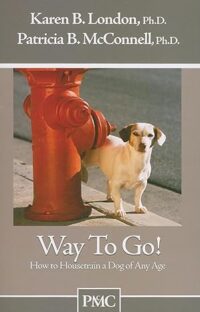
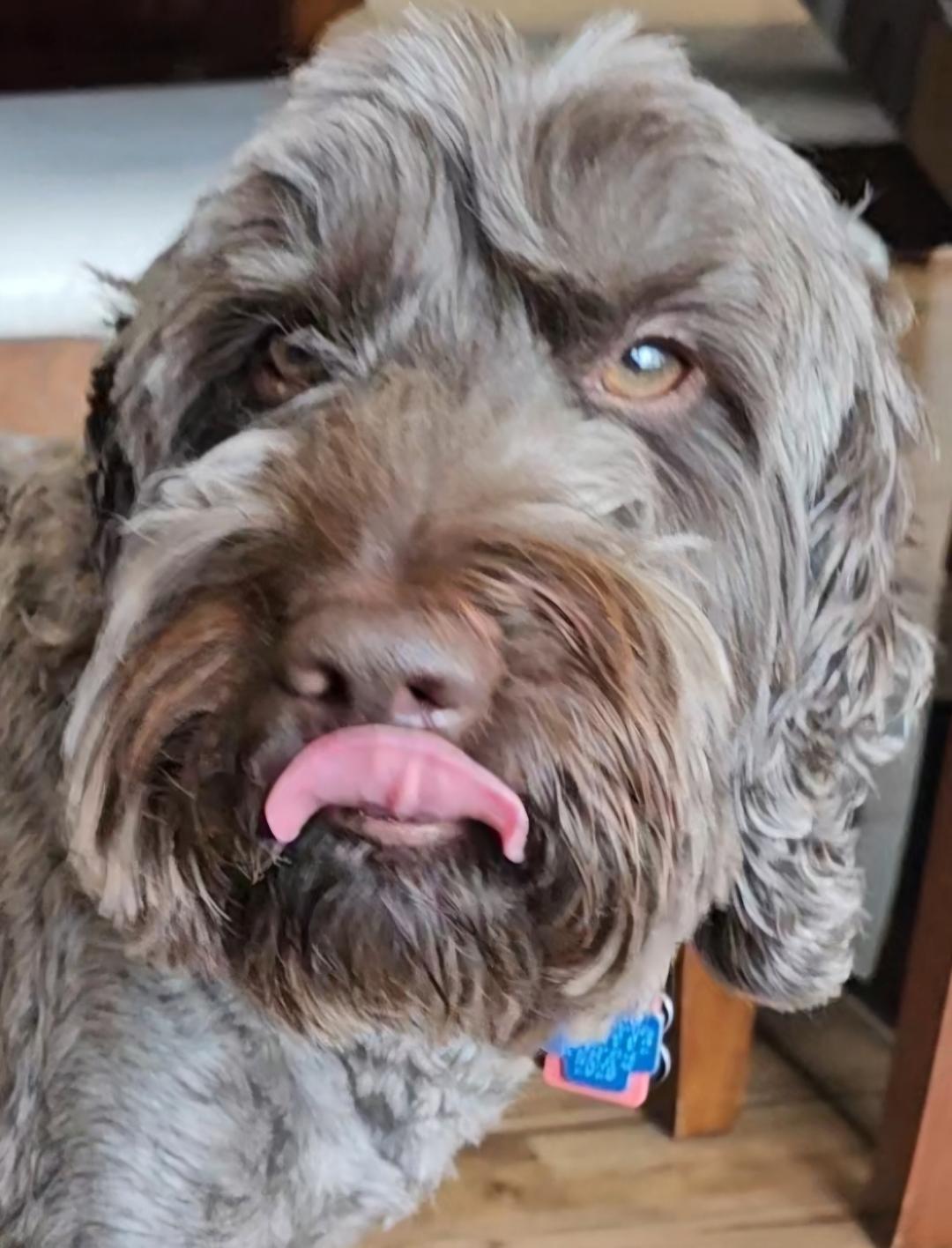
 Recommended Reading:
Recommended Reading: 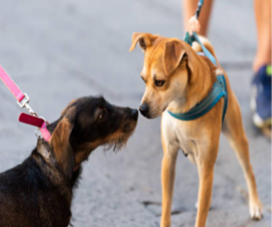
 The Problem With a Tight Leash
The Problem With a Tight Leash How a Loose Leash Supports Canine Communication
How a Loose Leash Supports Canine Communication What to Do If You Feel the Need to Control
What to Do If You Feel the Need to Control Free Download: On-Leash Dog Introduction Guide
Free Download: On-Leash Dog Introduction Guide
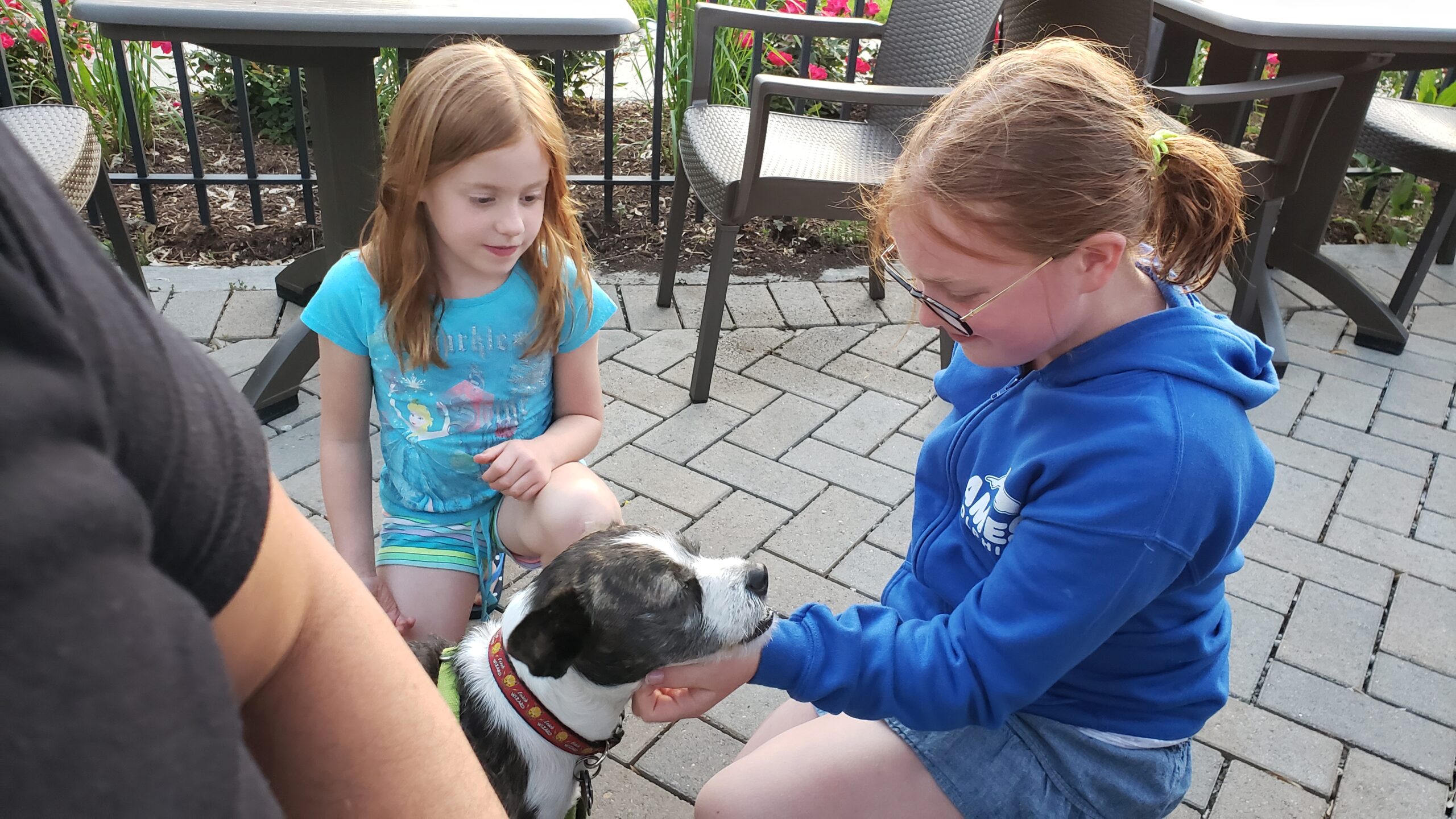
 The Critical Socialization Window: 3 to 16 Weeks
The Critical Socialization Window: 3 to 16 Weeks Real-Life Example: Respectful Kid-Dog Interaction
Real-Life Example: Respectful Kid-Dog Interaction Key Takeaways About Dog Socialization
Key Takeaways About Dog Socialization Download Your Free Dog Socialization Checklist
Download Your Free Dog Socialization Checklist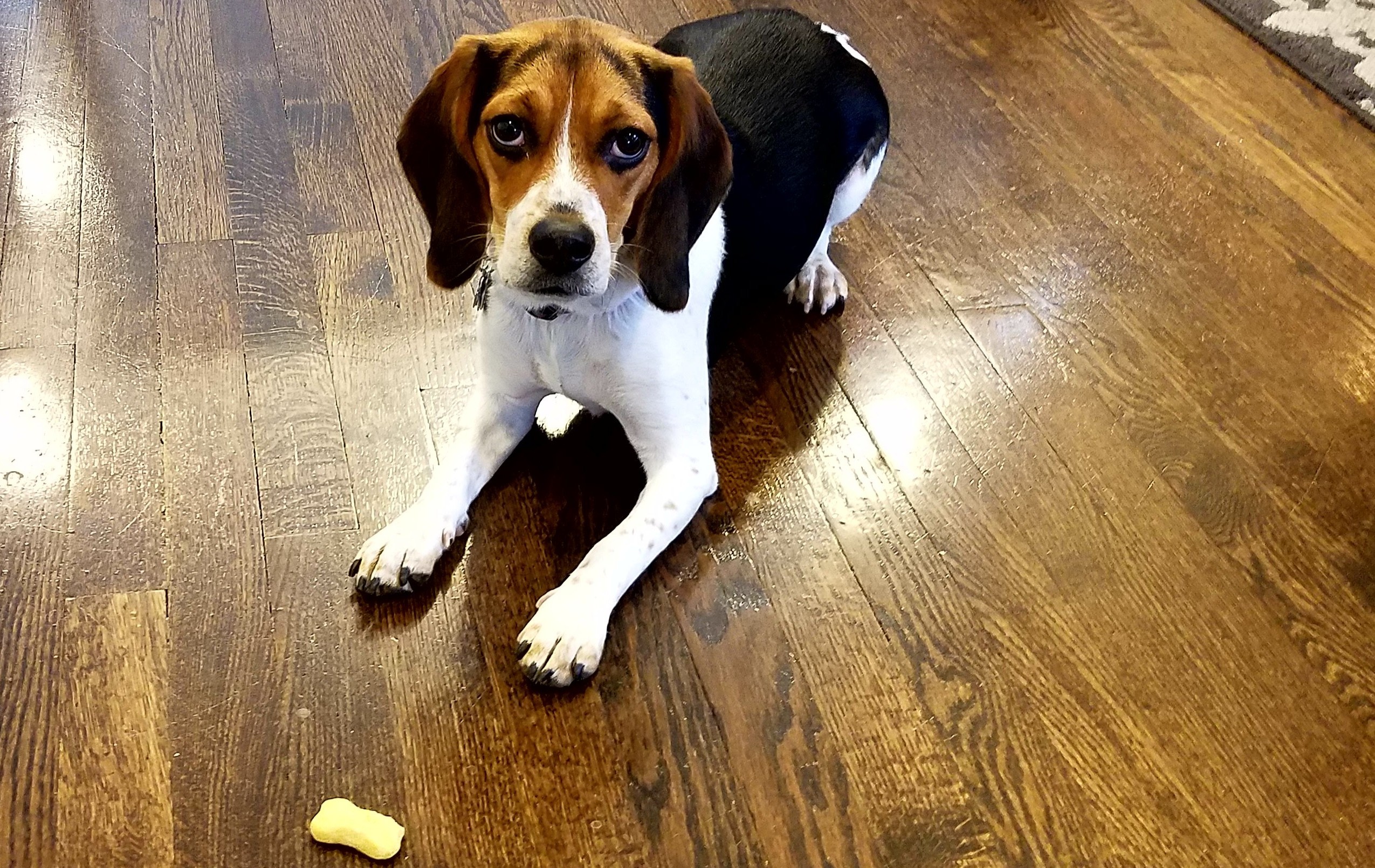
 What Happens If You Wait Too Long to Train?
What Happens If You Wait Too Long to Train? Science Supports Early Training
Science Supports Early Training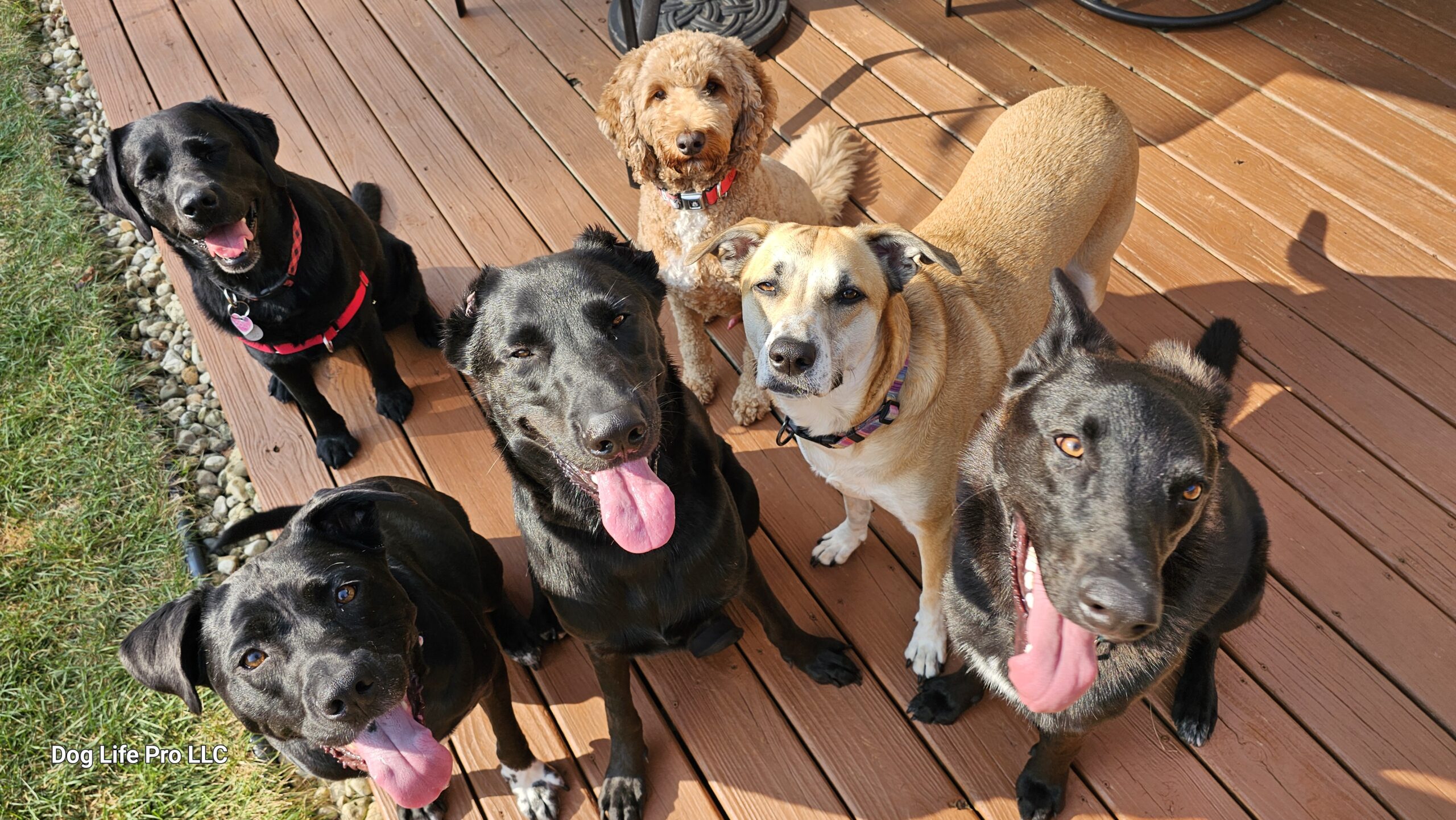


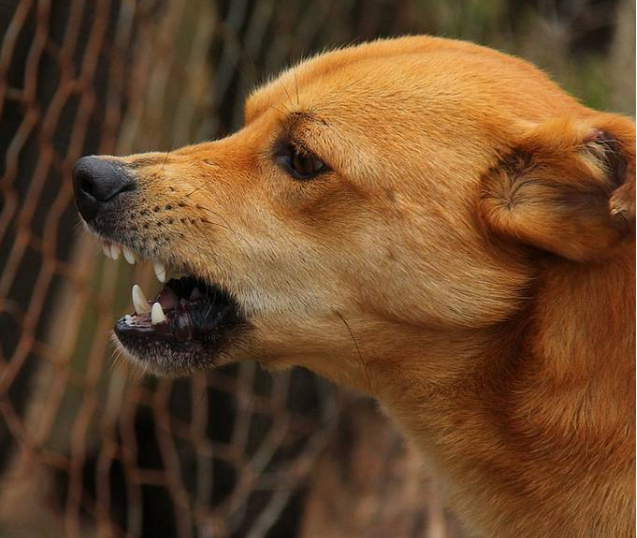

 What the Research Says
What the Research Says

 Experience Matters—But It’s Learnable
Experience Matters—But It’s Learnable
 Why Your Dog Doesn’t Always Do as You Ask
Why Your Dog Doesn’t Always Do as You Ask Common Inconsistencies That Sabotage Dog Training
Common Inconsistencies That Sabotage Dog Training Using English too early
Using English too early Inconsistent verbal cues
Inconsistent verbal cues Weak or missing rewards
Weak or missing rewards Inconsistent expectations
Inconsistent expectations Rewarding bad behavior accidentally
Rewarding bad behavior accidentally When inconsistency is good
When inconsistency is good